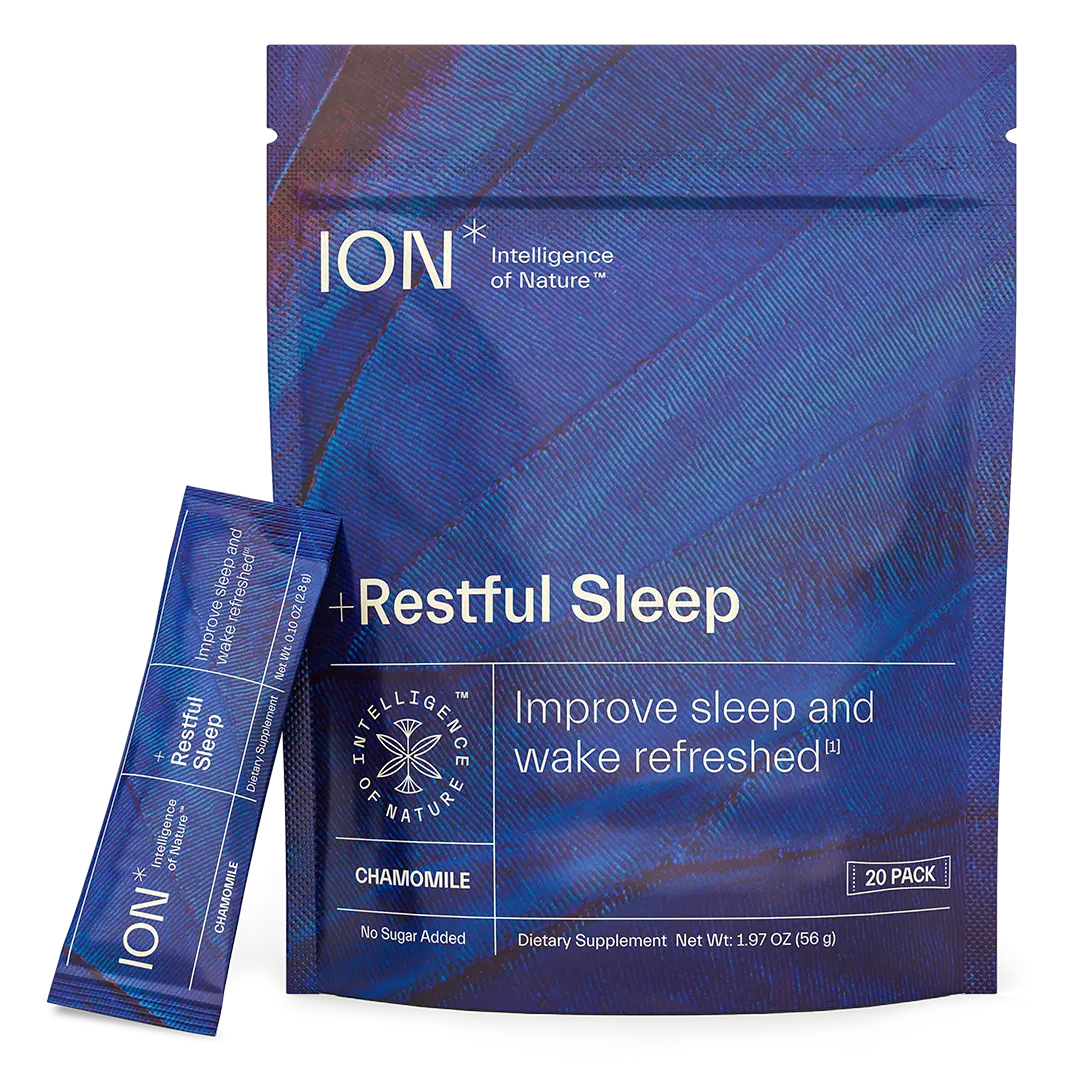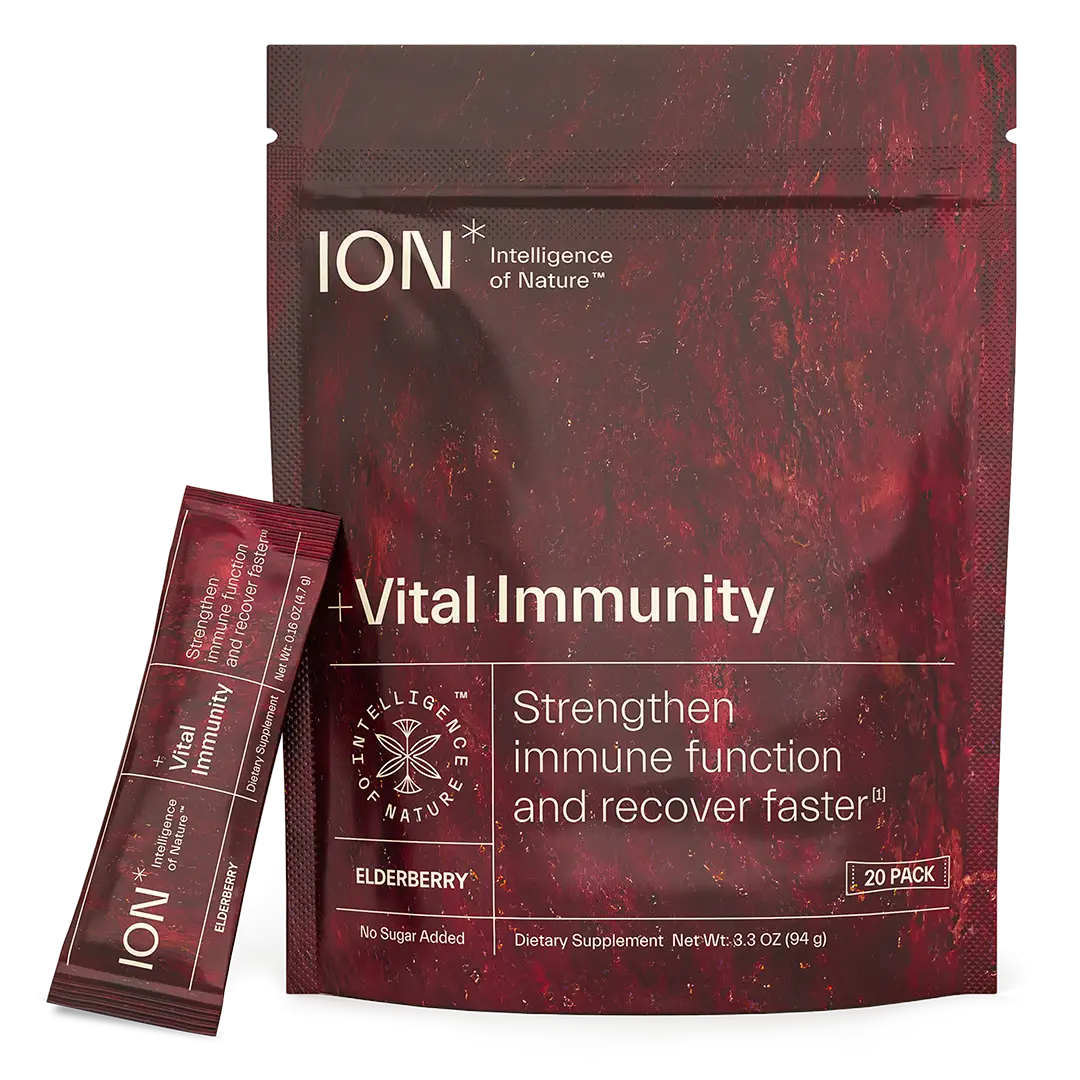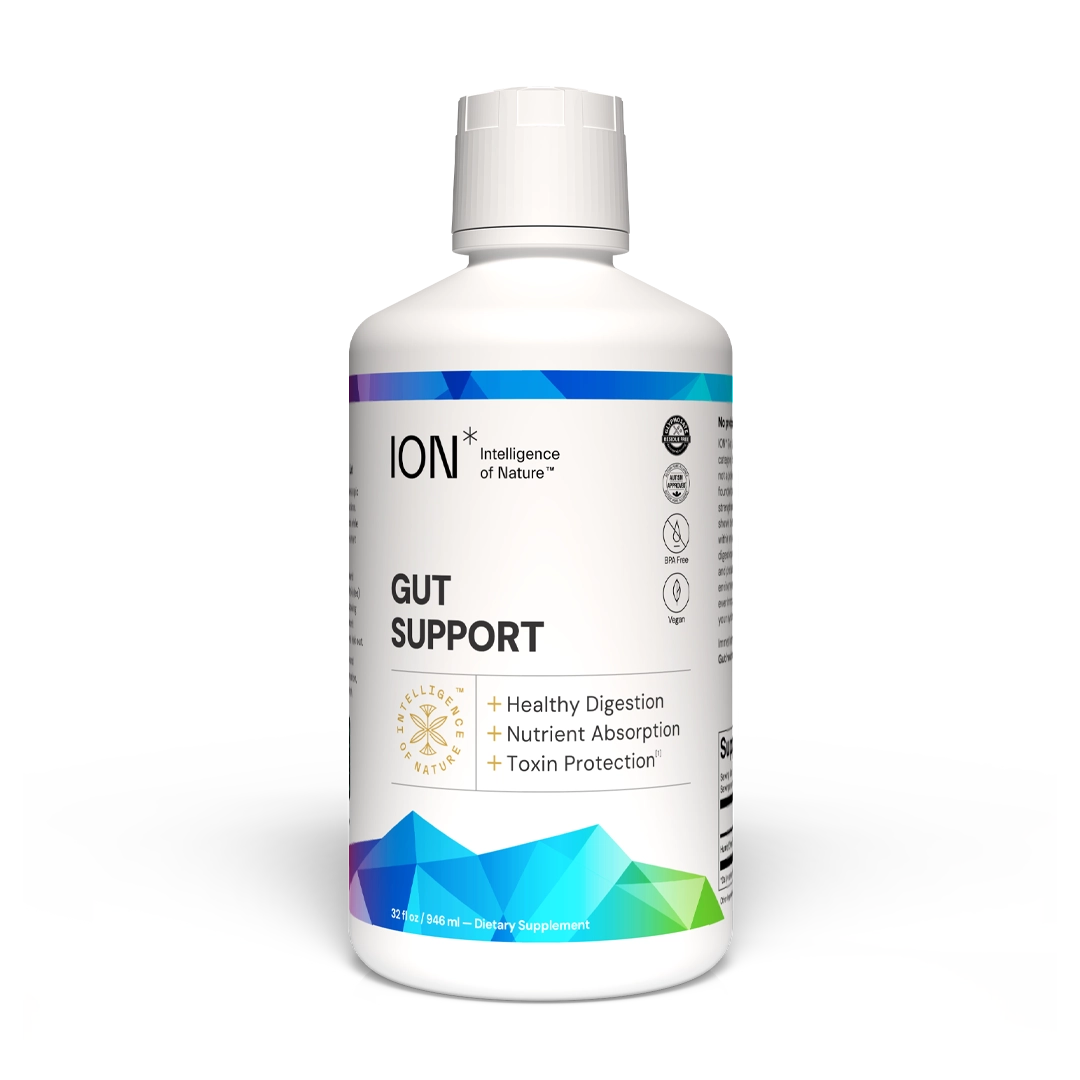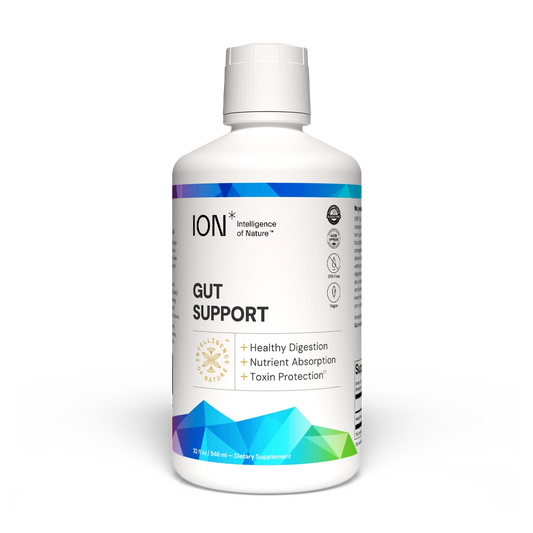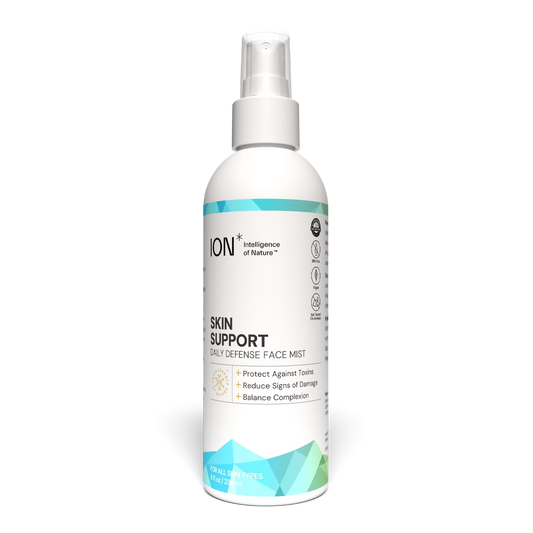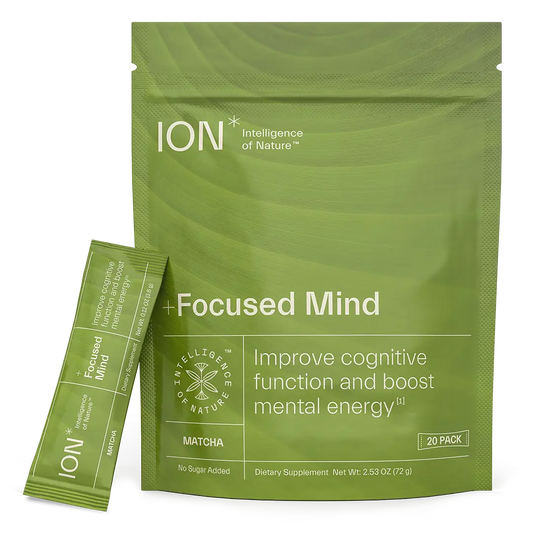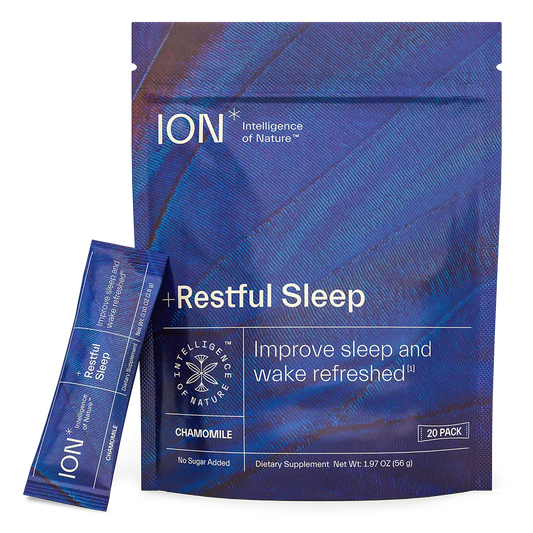
When life gets stressful, I usually tell myself “Ok, just breathe.” It always gives me relief to take a deep breath. But recently I can’t help but wonder, am I breathing in the most effective way? Could I be doing more with my breath? Well, there is one simple approach that makes a lot of sense: nasal breathing. Nasal breathing benefits many aspects of our health, as surprising as it may sound! It turns out your nose is much more than a prominent facial feature; it is your front line of immune defense from airborne pathogens.
Nasal Breathing is Its Own Medicine
Every breath you take, you are bringing in particulates and potential pathogens. But with nasal breathing, the hair in the nostrils traps large particles (don’t worry, the important hairs are not the ones you can see)! The nasal mucus (snot) also traps particles and secretes antimicrobial proteins, peptides, immunoglobulins, and opsonins to assist in the immune defense of the airway surface. So, snot is full of immune defense troops. Who knew? As needed, the cells that line your nostrils participate in this process by secreting proteins into the mucus and propelling the mucus blanket out of the nose with coordinated ciliary movement (runny nose). So, from the cells that line your nostrils to the hairs growing inside, every element of the inside of your nose is capable of putting up a fight against pathogens.
Normally, local irritants and pathogens are rapidly and efficiently eliminated through these innate pathways of mucosal immunity without wider stimulation of the adaptive immune system. But that’s on a good day. At times, these defenses may be overwhelmed, and epithelial cells may need to recruit a more sustained and directed immune response by interacting with resident immune cells, including dendritic cells, macrophages, and mucosal lymphocytes1. That means that when real pathogens are discovered, there are even bigger guns that can be brought out to defend your health!
Nasal Breathing Benefits: How Does It Protect Against Viruses?
In the situation where a virus is involved, the respiratory epithelial cells that line your nose and lungs produce high levels of nitric oxide. Nitric oxide functions as a signaling molecule to initiate the inflammatory response to viruses2. That nitric oxide is produced in the sinuses. Breathing through your nose, not your mouth, causes nitric oxide to be excreted continuously into the nasal airways.
So, to activate this powerful immune response found in nitric oxide all you have to do is breathe through your nose!
This is one reason nitric oxide has been recognized as one of the most versatile players in the immune system. It is involved in the pathogenesis and control of infectious diseases, tumors, autoimmune processes, and chronic degenerative diseases3. To regulate immune responses, nitric oxide triggers the eradication of pathogens and modulates immunosuppression during tissue-restoration and wound-healing processes4. This means whenever you want to give yourself an immune boost, just give a big inhale through your nose and activate that nitric oxide.
The research on immune response in the nose, especially due to nitric oxide formation, gives me a lot of appreciation for the positive effects nasal breathing can have for protecting me from airborne pathogens. But even if pathogens aren’t a concern, it is shown that when exercising outside, nasal breathing is better. One study even showed nasal breathing reduces breathing rates by over 50% and decreases perceived exertion by 60% which means you might be able to work out harder and longer if you simply close your mouth when you walk or run5.
Read more about how exercise and other activities can help boost immunity.
Happy Breathing!
Matthew Bednar, PhD
Bringing science out of the lab and into your life
References:
- Lane AP. The role of innate immunity in the pathogenesis of chronic rhinosinusitis. Curr Allergy Asthma Rep. 2009;9(3):205–212. doi:10.1007/s11882-009-0030-5
- Free Radical Biology and Medicine, Volume 41, Issue 1, 1 July 2006, Pages 19-28 Role of epithelial nitric oxide in airway viral infection, Weiling Xu, Shuo Zheng, Raed A. Dweik, Serpil C. Erzurum
- Bogdan, C. Nitric oxide and the immune response. Nat Immunol 2, 907–916 (2001). https://doi.org/10.1038/ni1001-907
- Wink DA, Hines HB, Cheng RY, et al. Nitric oxide and redox mechanisms in the immune response. J Leukoc Biol. 2011;89(6):873–891. doi:10.1189/jlb.1010550
- Frederick Travis, Karen Blasdell, Robert Liptak, Stuart Zisman, Ken Daley & John Douillard (1996) Invincible Athletics Program: Aerobic Exercise and Performance without Strain, International Journal of Neuroscience, 85:3-4, 301-308, DOI: 10.3109/00207459608986691

